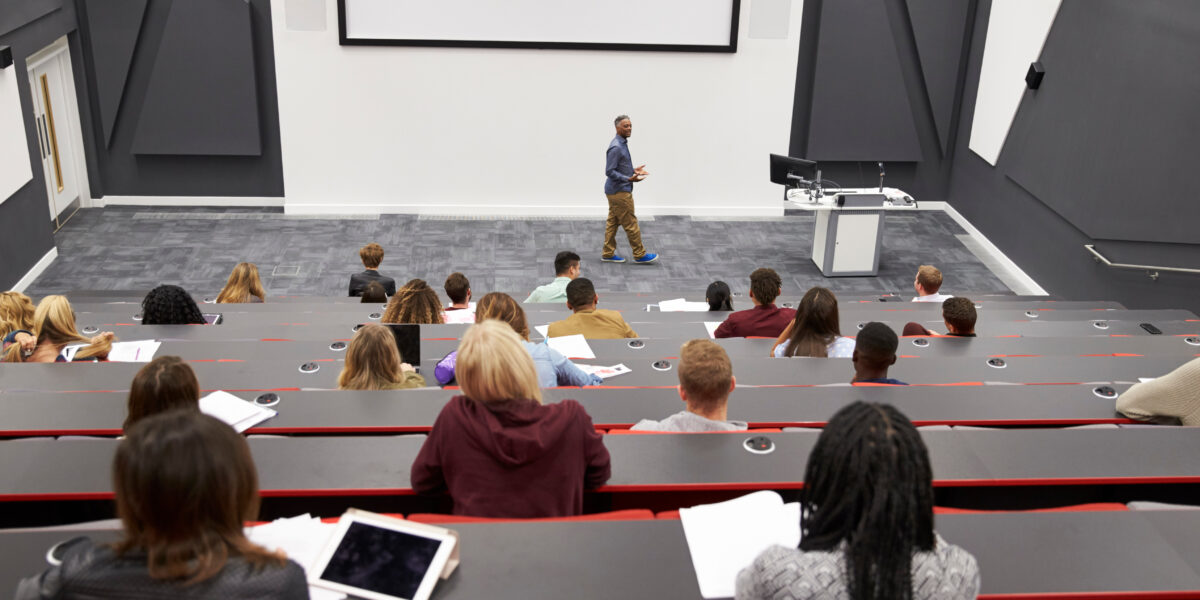Welcome young minds to another set of tips for your educational journey. Today we would like to address one of the vital parts of classroom learning, taking notes. The quality of your study material to a large part depends on the quality of notes you take in the lecture, so here are a few ideas you can implement to make sure you have adequate material when its time to study.
- Handwritten
In the modern digital era we now live in most people take their notes using computers, phones and so on, but the act of writing the notes down by hand allows a better opportunity to understand, reinterpret and in the process remember the ideas. This sequence of processing the information as you transfer it to your notes is important because it serves as the first stage of learning the material so when you go back to your notes (within the same day ideally, as you know) you will not be learning it then, but more revisiting.
A thing to keep in mind is you will have to be pretty fast to do this otherwise you will not be able to keep up with the lecturer and get left behind in the class.
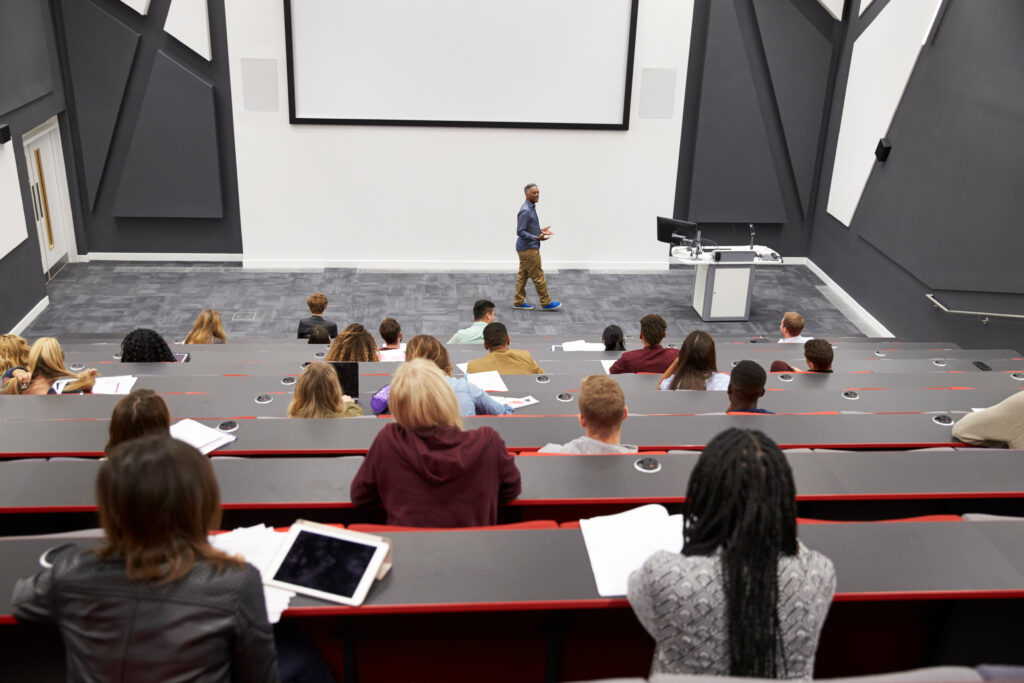
2. Recorded
For the individuals who are still developing their note taking skills and need assistance in the meantime you can record your classes using whatever device you prefer. Make sure to double check the audio quality and the acoustics of the lecture room prior to the recording so you don’t have hours of inaudible material. Just as a failsafe you should also take notes while recording so you have something to rely on just in case, or as a companion piece.
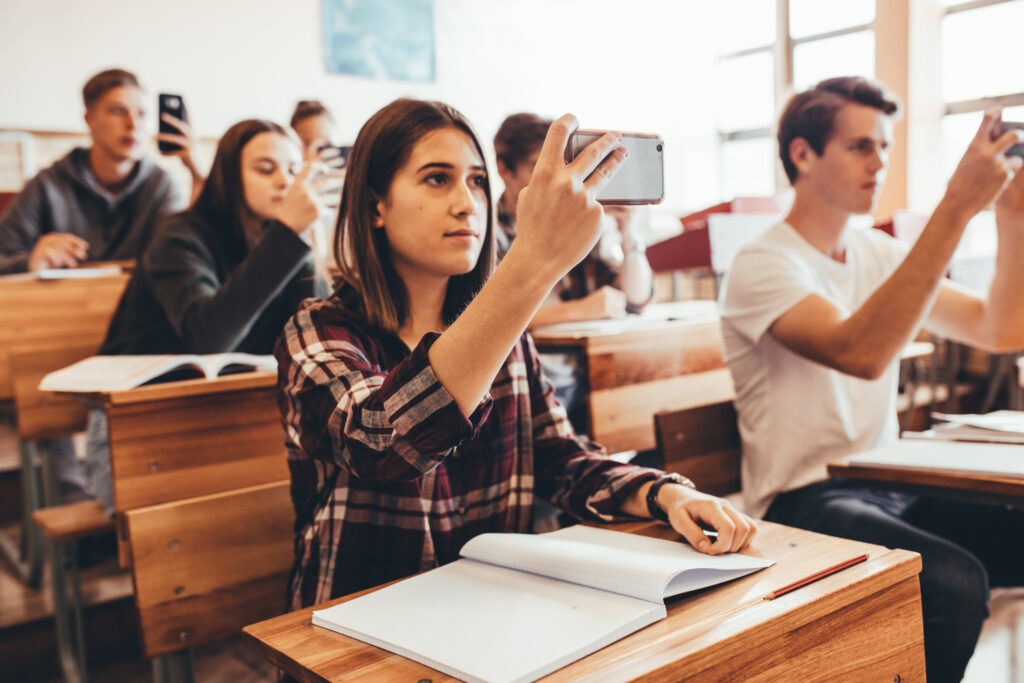
3. Typed
For the people who are great at typing this might be their top choice. In addition to just the relative ease, taking notes on a computer gives you access to highlighting tools, color coded text and even icons and images that can really improve the overall dynamism of the study material.
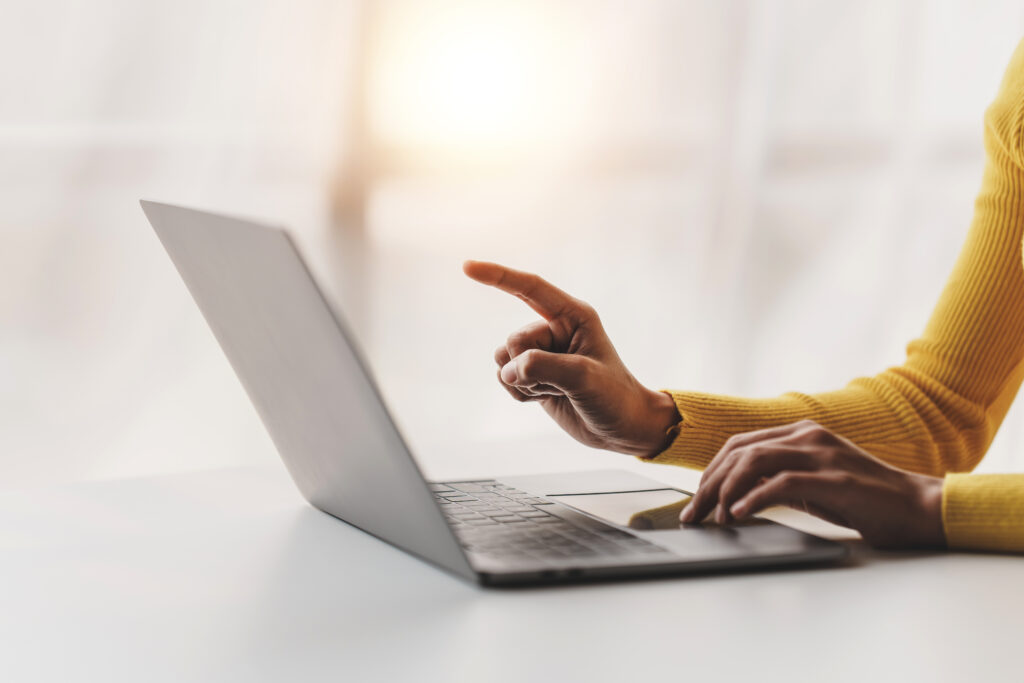
4. Listen
The category of students that retains information better simply by just listening might benefit simply from staying attentive in the class. This group likely require engagement so it is important to prepare ahead of the lecture by going over the material and to review the material afterwards. For these individuals review sessions with other students can be beneficial, so setting up regular study groups will be instrumental.
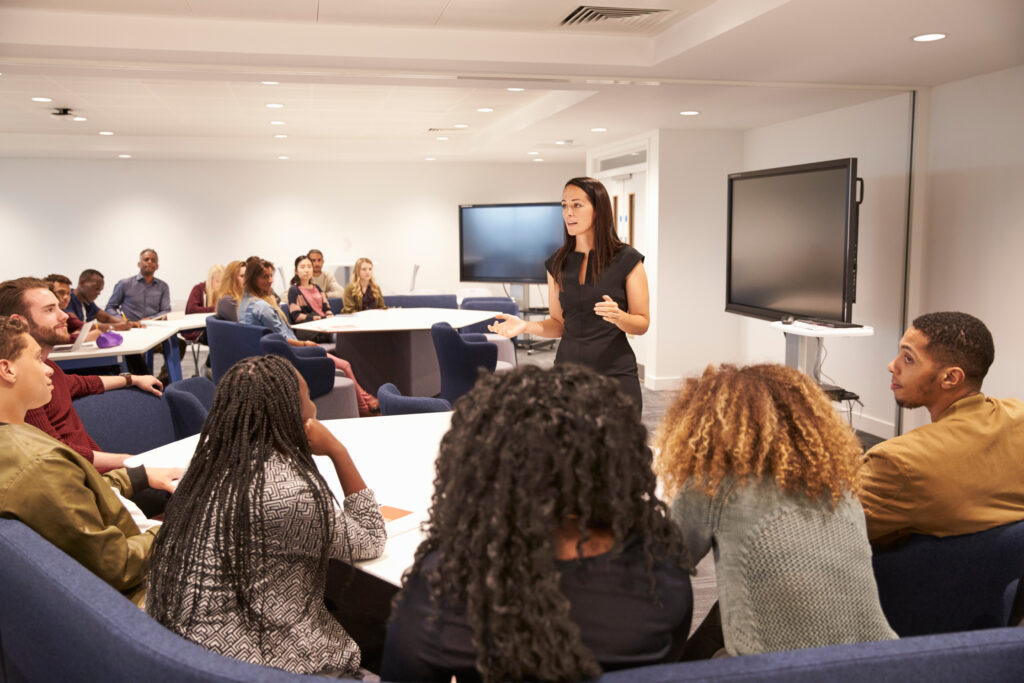
5. Slides
The basic lecture material used by the teacher typically comes in the form of slides that the students can have access to. Due to the slides coming in point form mostly and not including too much information a student can use the slides as a skeleton to build a comprehensive piece of study material over the course of the lecture.
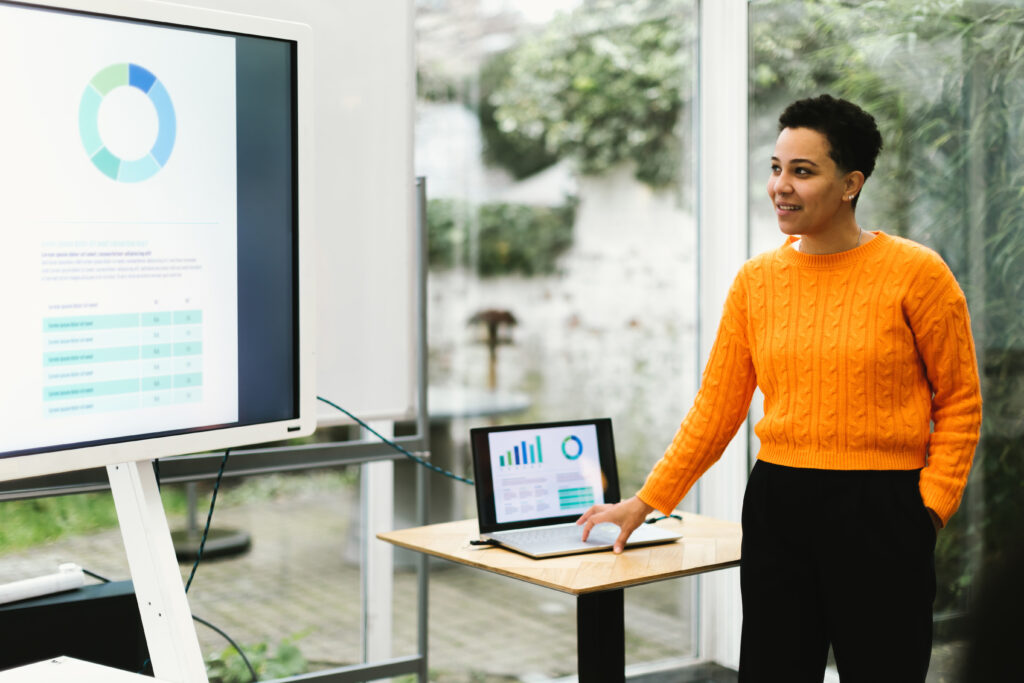
Regardless of which method you pick, or what combination you use as you require, these are some ideas to help you along your way and hopefully you are taking the time to revise these notes you take in class the same day of the lecture (or at most the day after). Revision of the covered material is essential to retention.
Wishing you all the best with your journey. Till next time.

